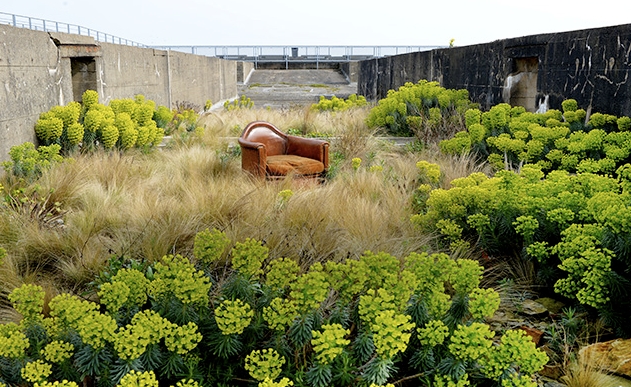French landscape architect Gilles Clément has gained international recognition for his innovative approach to landscaping that combines nature, art, and sustainability. Let’s delve into the unique and creative landscapes that Clement has designed.
Harmony with Nature
Clement’s landscapes often blur the lines between man-made and natural elements, creating harmonious and sustainable environments. He believes in working with the existing ecosystem rather than against it, allowing native plants to flourish and providing habitats for wildlife.
Biodiversity Conservation
A key aspect of Clement’s work is the promotion of biodiversity and the protection of endangered species. His landscapes are designed to support a wide range of flora and fauna, creating thriving ecosystems that are beneficial for both the environment and the people who interact with them.
Dynamic and Ever-Changing
One of the most intriguing aspects of Clement’s landscapes is their dynamic nature. He embraces the idea of chaos and change, allowing for natural processes such as succession and evolution to shape his designs over time. This approach creates landscapes that are constantly evolving and adapting to their surroundings.
Public Engagement
Clement’s landscapes are often designed with public engagement in mind, encouraging people to interact with and explore the natural world around them. His creations serve as educational tools, teaching visitors about the importance of biodiversity, sustainability, and the beauty of the natural world.
Sustainability at the Core
Sustainability is a central theme in Clement’s work, with a focus on using environmentally friendly materials and techniques to create landscapes that have a minimal impact on the planet. He advocates for the use of native plants, organic gardening practices, and water conservation strategies in his designs.
In conclusion, Gilles Clement’s landscapes are a testament to the power of creativity, innovation, and a deep respect for the natural world. By exploring his work, we can gain inspiration and insight into how we can create harmonious and sustainable environments that benefit both people and the planet.

